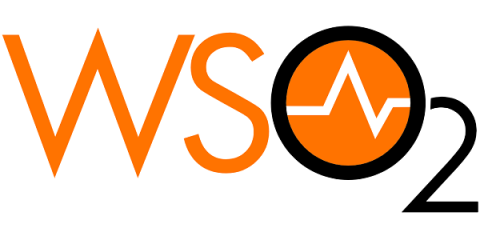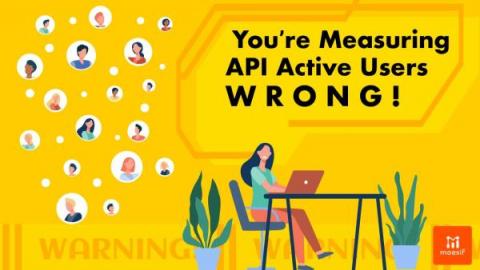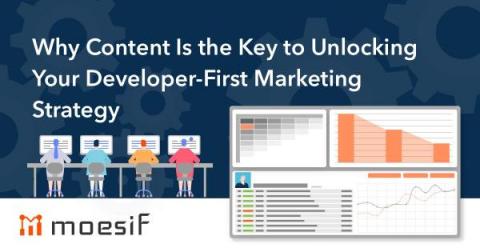Systems | Development | Analytics | API | Testing
API
WSO2 is Named a Leader in Two G2 Summer 2022 Grid Reports
You are Measuring API Active Users Wrong
API providers need to understand how their consumers are using their APIs. Usage metrics are essential because they tell you about API adoption, how your API is growing over time, and which endpoints are seeing more (or less) use. When you look at API usage metrics, you should be measuring the active users on your API in the sense that most closely aligns with your service.
Kong Gateway Enterprise and Amazon EKS Anywhere Bare Metal
One of the most critical requirements for an Application Modernization project is to support workloads running on multiple platforms. In fact, such projects naturally include in their transformation process migrating workloads approach using the hybrid model. Another typical technical decision that commonly comes up is the adoption of Kubernetes as the main platform for the existing services and microservices originated by the modernization project.
GraphQL Versus RESTAPI Which is Better for API Observability
API providers need to observe their APIs to get meaningful data about whether and how they are consumed in practice. API observability is a form of monitoring that passively logs API traffic to an observability service. Different from traditional API monitoring, with API observability you: Monitor interactions to improve developer experience Understand how customers use your API Troubleshoot your API Observing REST APIs is well understood and supported, but not every API is a REST API.
Why Content Is the Key to Unlocking Your Developer-First Marketing Strategy
Founding a developer-first startup isn’t quite the same as starting a regular company. When your primary focus is on creating products to sell to developers, you need to build a sales strategy around those developers’ needs. The occasional email with a ‘click here for a demo’ button just won’t cut it. Instead, it’s time to work on your content strategy. Why take our word for it?











